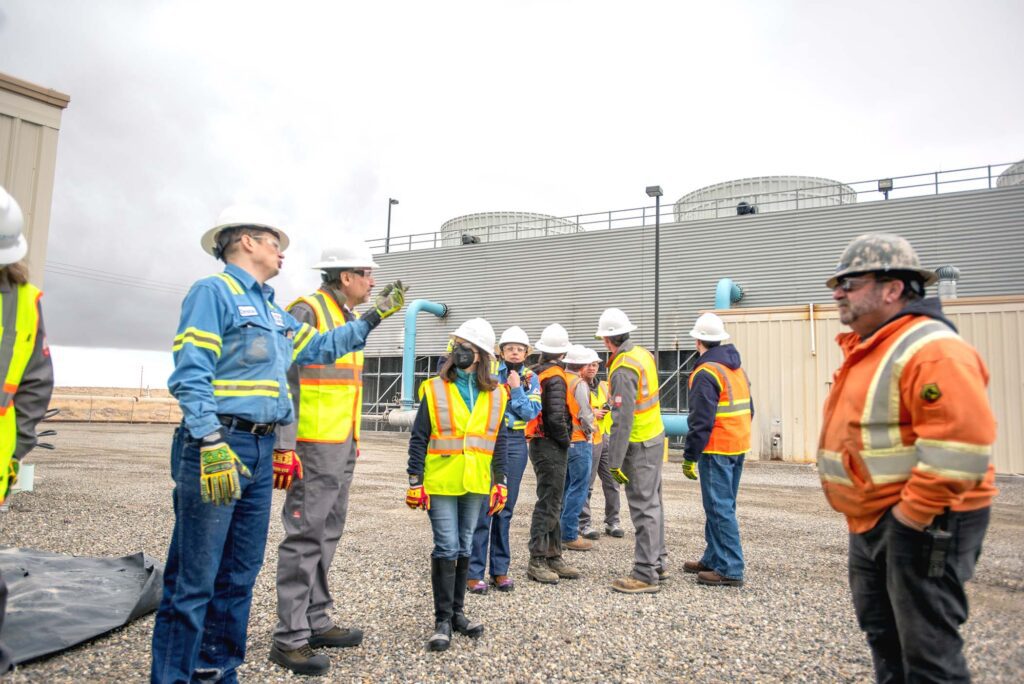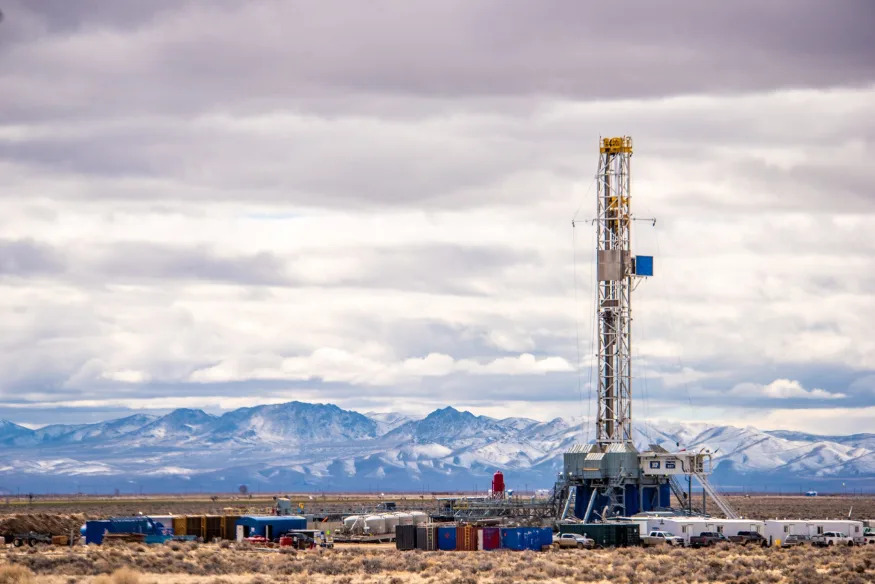There is a new player in the world of renewable energy, it's called Fervo Energy and it presents itself with a bang. This Nevada-based US company recently announced that it has reached a significant milestone for geothermal energy.
After a 30-day test, Fervo said of having achieved a “flow of 63 liters per second at high temperature which allows the production of 3,5 megawatts of electricity”. This is a new record, or rather, two new records for flow and energy production for an “enhanced” geothermal energy system (EGS), and all without any accidents.
To put things into perspective: one megawatt can power about 750 houses at the same time. So, we're talking about enough energy to power thousands of homes, all thanks to the Earth's warmth.
A step forward for geothermal energy
Fervo's Project Red site is expected to be connected to the electricity grid this year. Energy that will be used to power Google's data centers by virtue of a signed agreement between the two companies in 2021 to develop a “next-generation geothermal energy project.”
This is the first time such a geothermal system has been demonstrated to operate on a commercial scale. An achievement that comes from afar, if you consider that scientists have been trying to make EGS a reality since the 70s.
How does EGS work?
To produce electricity, a natural geothermal system needs a combination of heat, fluid, and rock permeability. In many areas, rock has the required levels of heat, but not enough permeability to pass the fluid.
EGS, with its ingenious technique, overcomes this challenge by creating artificial permeability, transforming seemingly unusable land into potential energy gold mines. This is done by drilling deeply underground and injecting fluid to create fractures in the rock. This approach can significantly increase the number of potential sites for a geothermal power plant.

But is it safe? The shadow behind the light: the environmental risks of “enhanced” geothermal energy
Enhanced geothermal energy (EGS) is often touted as the next big thing in the renewable energy landscape, but it is essential not to turn a blind eye to the potential associated environmental risks.
Drilling deep underground and injecting fluids to create fractures in the rock could have unforeseen consequences. These activities could trigger induced earthquakes, disturbing the geological balance of an area. Additionally, fluid injection could contaminate groundwater, putting vital water resources for surrounding communities at risk.
And let's not forget the energy and resources used for the drilling itself: the impact of such operations could contradict the goal of cleaner energy. We need to proceed with caution, making sure that the price we pay is not too high for our fragile ecosystem.
Next steps
Fervo, says the CEO Tim Latimer, hopes to replicate its success at another test site in Utah. If it achieves similar results there and successfully implements design upgrades to maximize production, the new facility should generate enough electricity to power 300.000 homes simultaneously. That would be about a quarter of all homes in Utah.
In a world desperately trying to reduce carbon emissions, geothermal energy could be the key to a greener future. And with companies like Fervo pushing the limits of what's possible, hopefully cautiously, that future may be closer than we think.


